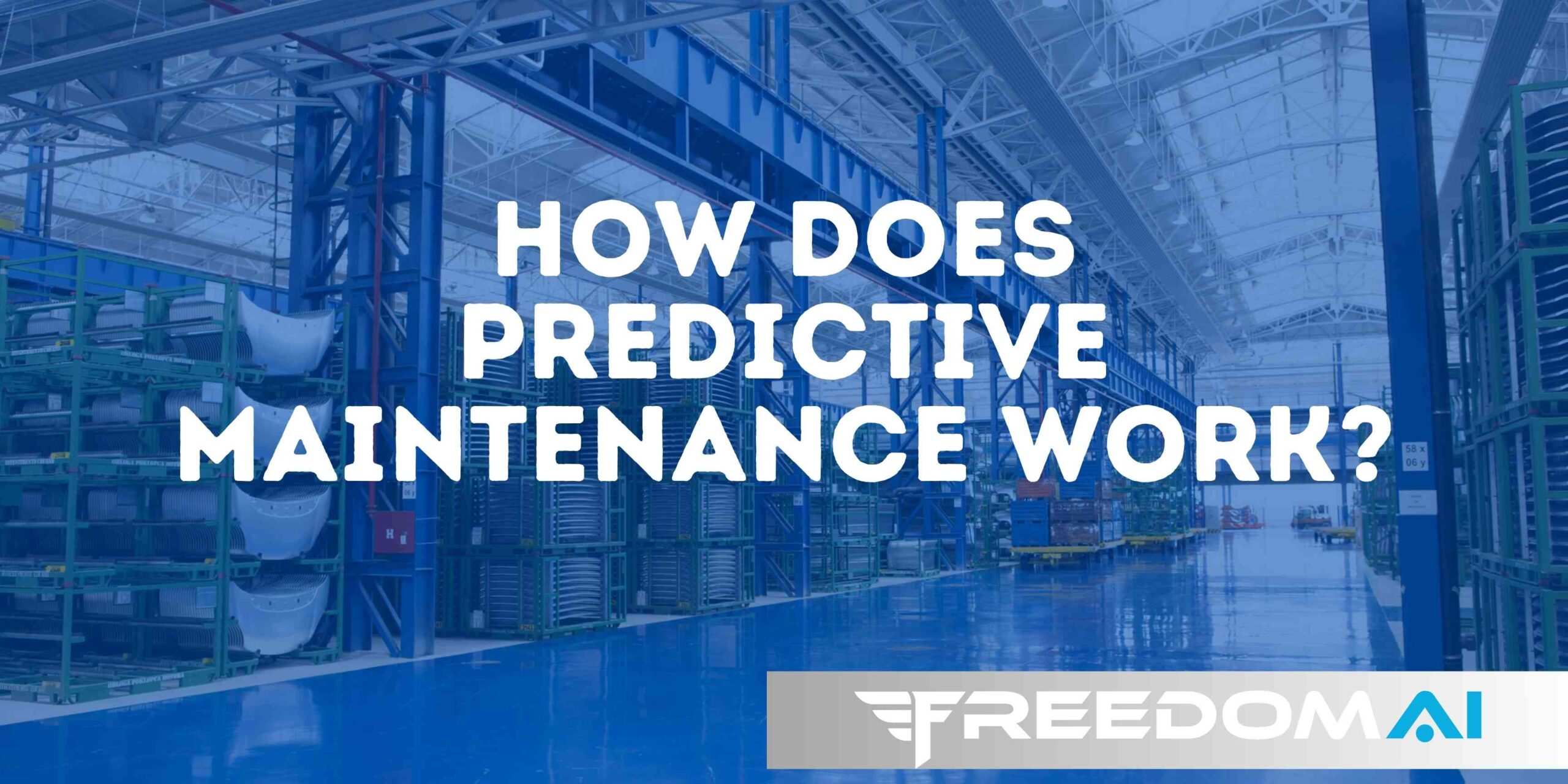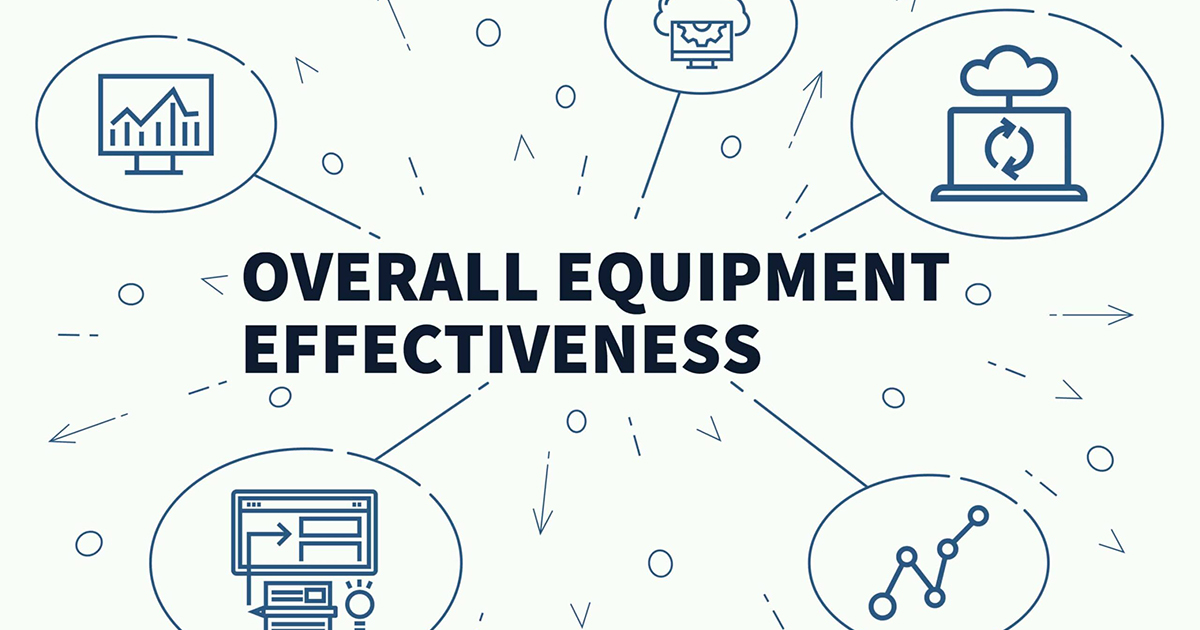Introduction
Predictive maintenance works by using real-time machine data and advanced analytics to detect early signs of equipment failure before it happens. By monitoring performance trends and setting thresholds, companies can fix machines at the right time—neither too early nor too late—reducing downtime and repair costs.
Step-by-Step: How Predictive Maintenance Works
- Data Collection – Sensors installed on equipment capture data such as vibration, temperature, pressure, sound, and power consumption.
- Data Transmission – This information is sent in real time to a centralized system (IoT platform or edge gateway).
- Data Processing – The platform cleans and organizes data to remove noise and highlight meaningful patterns.
- Analytics & Machine Learning – Algorithms analyze the data, compare it against historical performance, and identify abnormal behavior.
- Condition Monitoring & Alerts – When a machine shows signs of wear or failure risk, the system sends alerts to maintenance teams.
- Action & Scheduling – Maintenance teams receive recommended actions (repair, replacement, inspection) and schedule interventions before breakdowns occur.
Benefits of Predictive Maintenance
- Reduced Downtime – Catch failures early and avoid unplanned stoppages.
- Lower Maintenance Costs – Minimize unnecessary preventive maintenance tasks.
- Extended Equipment Life – Address small issues before they cause severe damage.
- Improved Safety – Prevent accidents caused by sudden equipment failures.
- Better Resource Planning – Align maintenance with production schedules.
Challenges to Consider
- High Initial Investment – Sensors, software, and training require upfront cost.
- Data Complexity – Large amounts of machine data need proper analysis.
- Change Management – Teams must adapt from reactive/preventive to predictive workflows.
Freedom IOT and Predictive Maintenance
Freedom IOT’s platform makes predictive maintenance simple for manufacturers. By connecting to existing machines through MTConnect, Siemens, Fanuc, and OPC UA, Freedom IOT captures critical performance data without complex integrations. Built-in analytics and dashboards turn this data into actionable insights—helping plant managers schedule repairs, extend asset life, and avoid downtime.
FAQs: How Does Predictive Maintenance Work?
Q1: What is the main goal of predictive maintenance?
The main goal is to prevent unplanned equipment failures by predicting when maintenance should occur, saving time and money.
Q2: How do sensors help in predictive maintenance?
Sensors collect real-time machine data such as vibration, temperature, or energy use, which is analyzed to spot warning signs of failure.
Q3: What industries use predictive maintenance?
It is widely used in manufacturing, automotive, aerospace, energy, and logistics where equipment reliability is critical.
Q4: Is predictive maintenance expensive to implement?
Costs vary, but while initial investment can be high, most companies see significant ROI through reduced downtime and extended equipment life.
Q5: What’s the difference between preventive and predictive maintenance?
Preventive maintenance follows a fixed schedule, while predictive maintenance relies on real-time machine data to decide the right moment for service.





